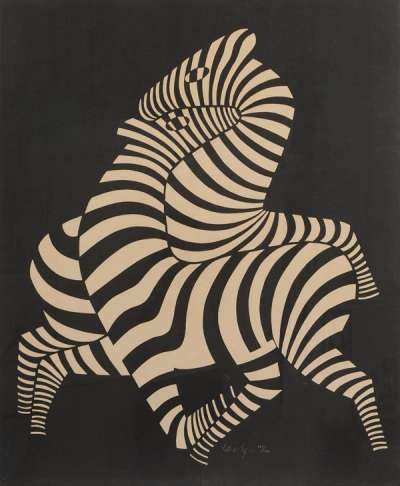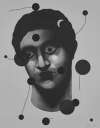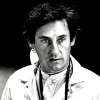Victor
Vasarely
Victor Vasarely, a Hungarian-French artist, used simple shapes, bold colours, and patterns to create optical illusions and geometric abstractions, considered one of the pioneers of Op art. If you’re looking for original Victor Vasarely prints and editions for sale or would like to sell, request a complimentary valuation and browse our network’s most in-demand works.
Victor Vasarely art for sale
Discover Victor Vasarely prints for sale, exclusively available through our private network of collectors. Explore signed and unsigned screenprints, lithographs, digital prints, and rare editioned proof prints by era-defining blue chip artists.
Sell Your Art
with Us
with Us
Join Our Network of Collectors. Buy, Sell and Track Demand
Biography
Victor Vasarely, born Vásárhelyi Győző on April 9, 1906, in Pécs, Hungary, was a trailblazing artist and the acknowledged founder of the Op Art movement. His revolutionary work laid the foundation for the visual language of the late 20th century, exploring the dynamic potential of optical illusions, geometric shapes, and vibrant colours to create a new form of abstract art.
Victor Vasarely's Early Life and Education
Vasarely's early life was immersed in the vibrant cultural milieu of Budapest, where he studied medicine for a brief time before deciding to pursue a career in art. In 1927, he enrolled at the prestigious Műhely Academy, also known as the “Bauhaus of Budapest,” where he was introduced to the tenets of constructivism and Bauhaus design principles. Through these influences, Vasarely's unique aesthetic vision began to take shape.
In 1930, Vasarely moved to Paris, seeking to broaden his artistic horizons and immerse himself in the epicentre of the European art world. He began working as a graphic designer and commercial artist, collaborating with major advertising agencies, and creating layouts for various magazines. This experience proved to be a vital catalyst for Vasarely's work, as he began to explore the possibilities of geometric abstraction and the relationship between form, colour, and perception.





























































